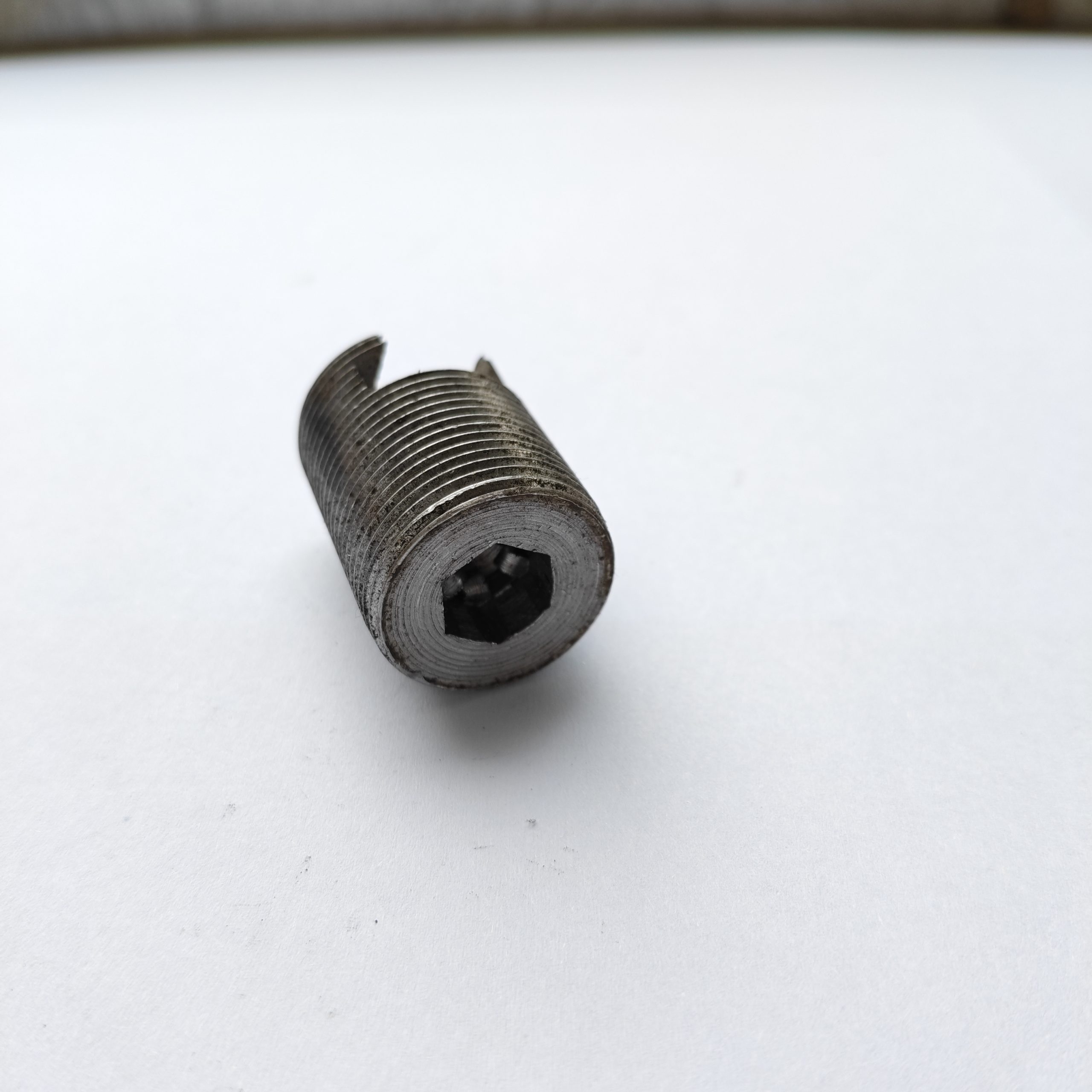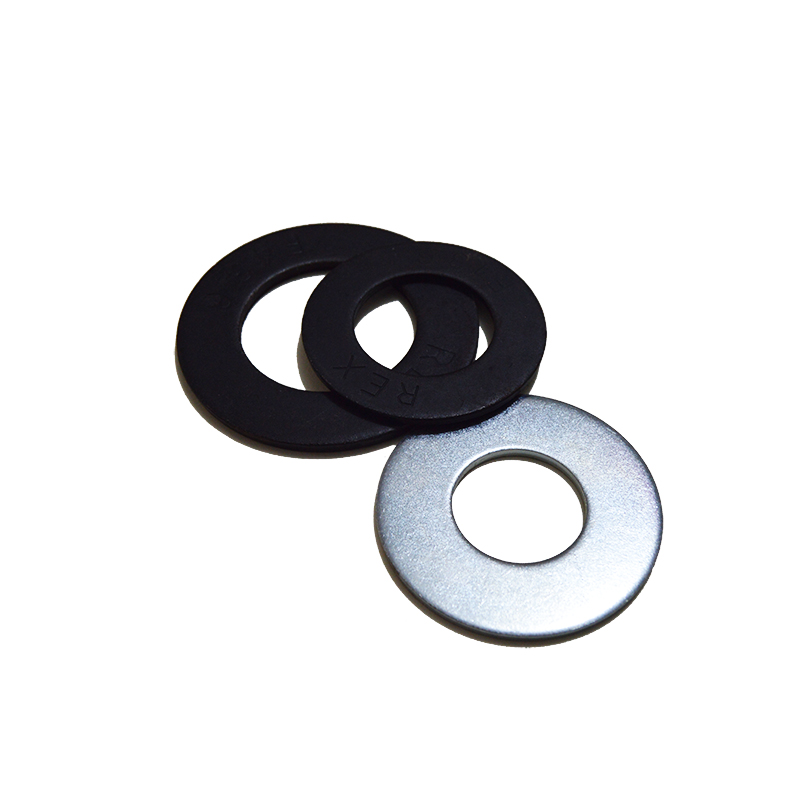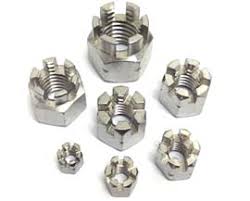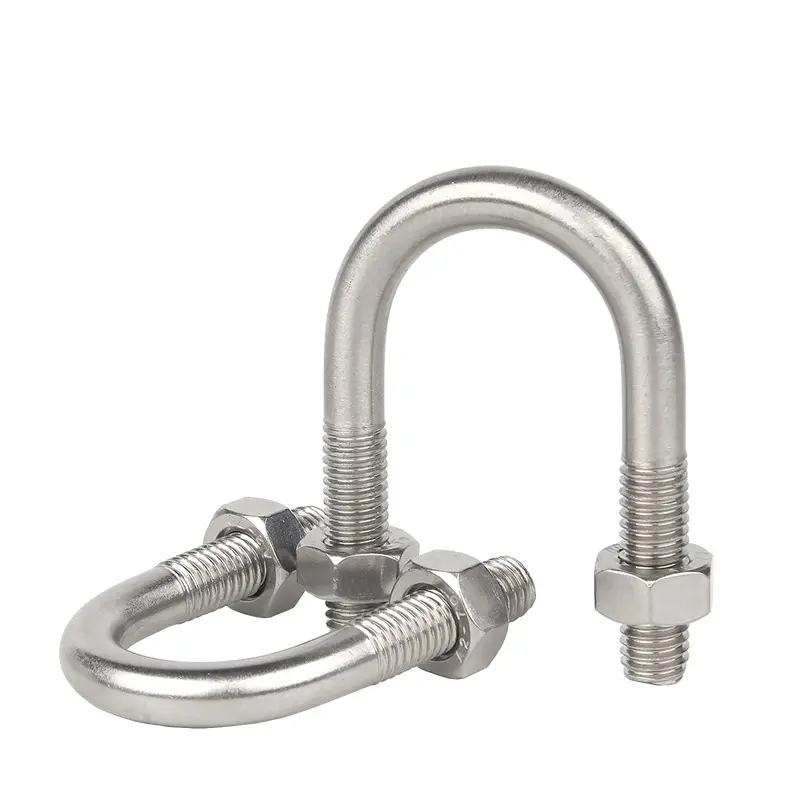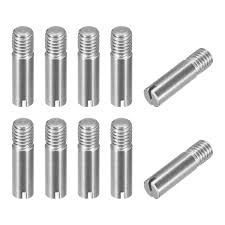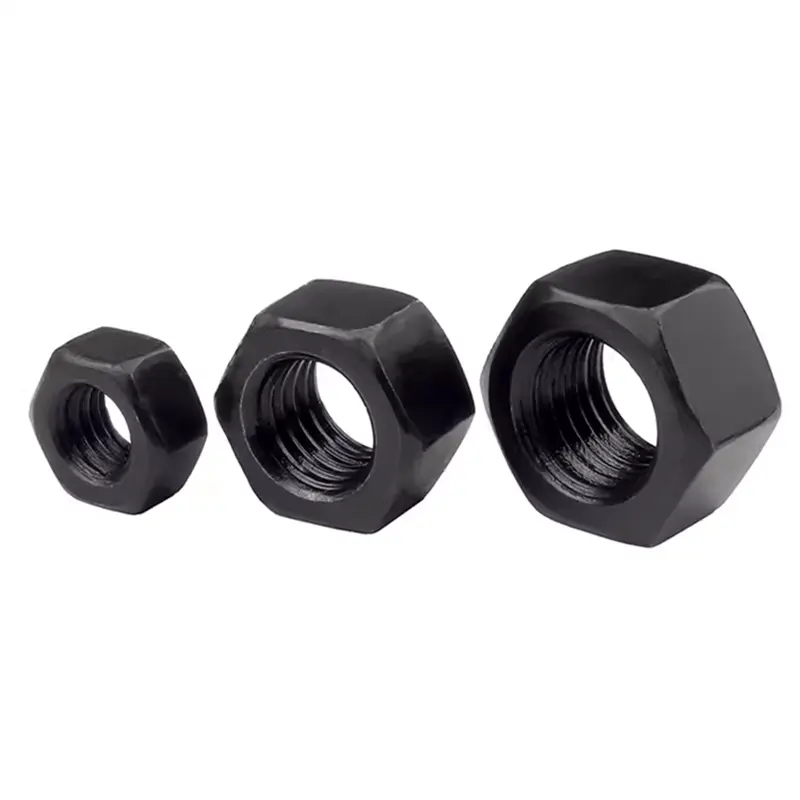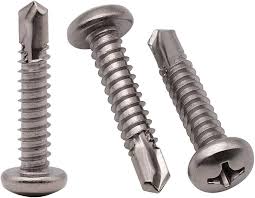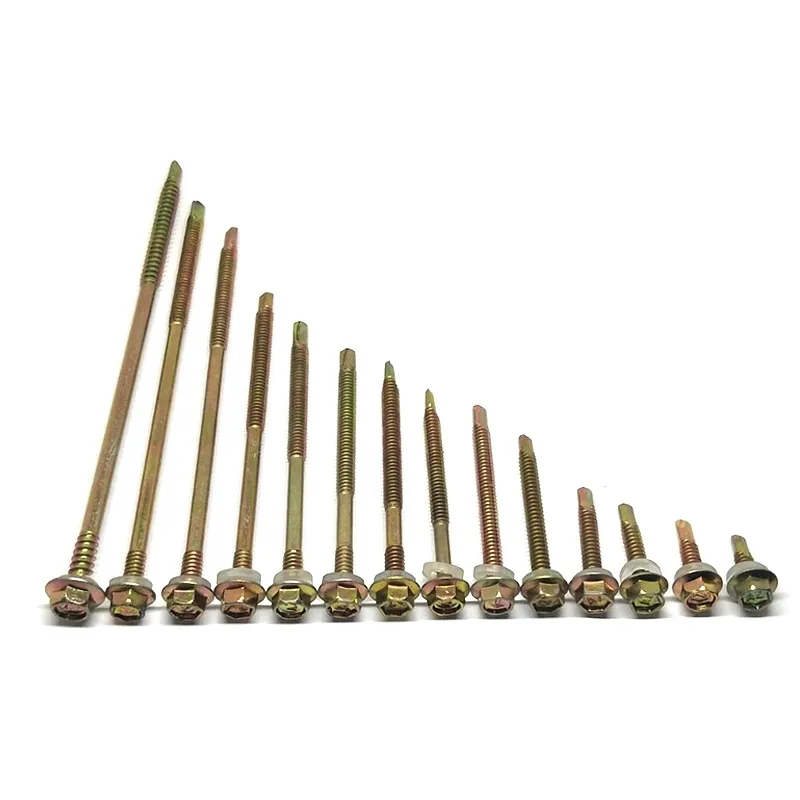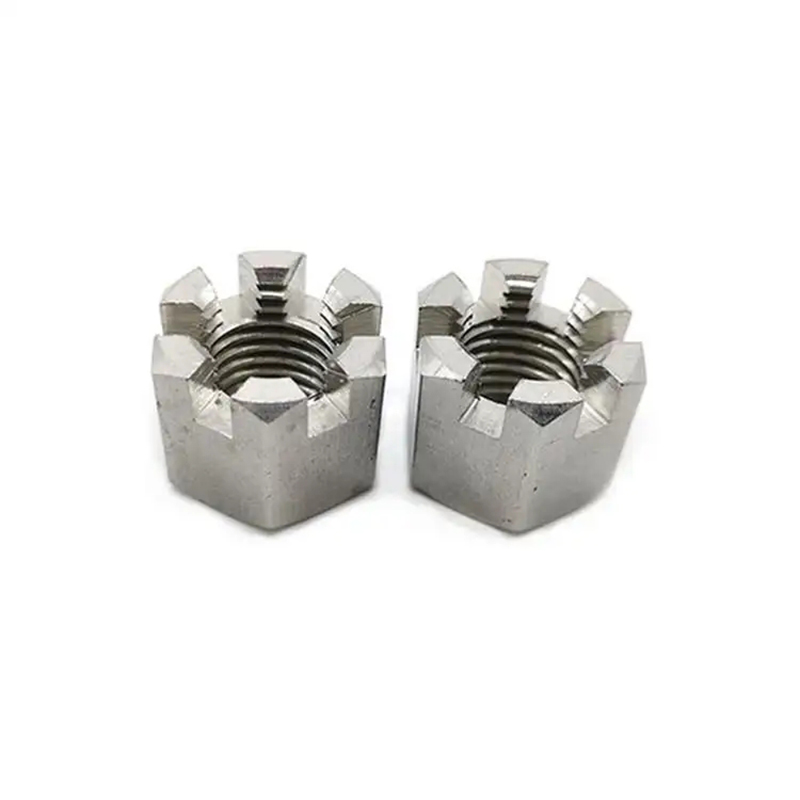Cedar Shims: A Comprehensive GuideChoosing the Right Cedar Shims for Your ProjectThis guide provides a detailed overview of cedar shims, exploring their various types, applications, advantages, and considerations for selecting the right ones for your specific needs. We'll cover everything from understanding the properties of cedar wood to best practices for installation and maintenance. Learn how to choose the appropriate thickness, size, and quantity for your project, ensuring a successful and long-lasting outcome.
Understanding Cedar Shims
What are Cedar Shims?
Cedar shims are thin, tapered pieces of cedar wood used to level surfaces, fill gaps, and provide support in various construction and woodworking projects. Cedar is a popular choice due to its naturally rot-resistant properties, making it ideal for outdoor applications and environments with high humidity. Unlike other wood types, cedar is less likely to warp or crack over time, ensuring the longevity of your project.
Types of Cedar Shims
Cedar shims come in various sizes and thicknesses to accommodate diverse needs. They're commonly available in standard tapered shapes but can also be found in pre-cut, specific dimensions for specialized applications. You can typically find them at most home improvement stores and online retailers. Consider the specific requirements of your project when choosing thickness – some applications may require thinner shims for finer adjustments, while others might require thicker ones for more substantial leveling.
Advantages of Using Cedar Shims
Natural Rot Resistance: Cedar's natural oils offer excellent protection against rot and decay, extending the lifespan of your project, especially in outdoor settings. Dimensional Stability: Cedar is less prone to warping or cracking compared to other wood types, providing reliable support over time. Aesthetic Appeal: The natural beauty of cedar wood enhances the overall appearance of many projects, blending seamlessly into various environments. Ease of Use:
Cedar shims are relatively easy to cut and shape to fit specific needs, making them versatile for various applications. Sustainability: Cedar is a renewable resource, making it a more environmentally friendly option compared to some other materials.
Applications of Cedar Shims
Construction and Building
Cedar shims play a crucial role in leveling foundations, supporting structures, and creating even surfaces for flooring, decks, and walls. They are instrumental in ensuring structural integrity and preventing future problems. Their natural resistance to rot makes them particularly useful in outdoor construction.
Woodworking and Crafts
In woodworking,
cedar shims are utilized for aligning components, creating tight joints, and achieving precise fit. They are also valuable tools for furniture making, cabinet construction, and other detailed projects. The natural aesthetics of cedar can even complement the final piece.
Home Improvement Projects
From fixing wobbly furniture to leveling appliances,
cedar shims are a versatile solution for numerous home improvement projects. Their versatility makes them a handy item to keep around the house.
Choosing the Right Cedar Shims
When selecting
cedar shims, consider the following factors:
Thickness and Size
The required thickness depends on the size of the gap you need to fill. Measure the gap carefully before purchasing to ensure you have the appropriate shim thickness. Also, consider the length and width required to adequately support the structure or object.
Quantity
It is always better to have extra
cedar shims on hand than to run short during a project. Purchasing more than you anticipate needing prevents unnecessary delays.
Wood Quality
Look for cedar shims that are free from knots, cracks, and other imperfections. High-quality shims will provide more reliable and consistent performance.
Installation and Maintenance
Proper installation is key to maximizing the effectiveness of
cedar shims. Use a hammer or mallet to carefully tap them into place, avoiding excessive force that could damage the surrounding materials. For optimal performance, periodically inspect and replace any worn or damaged shims.
Comparison Table: Cedar vs. Other Shim Materials
| Material | Rot Resistance | Cost | Durability |
| Cedar | Excellent | Moderate | High |
| Plastic | Excellent | Low | High |
| Metal | Excellent | High | Very High |
Note: Cost and availability may vary depending on location and supplier.
Conclusion
By understanding the properties, applications, and selection criteria of
cedar shims, you can ensure the success of your next project. Their natural durability, ease of use, and aesthetic appeal make them a valuable asset for various applications. Remember to always prioritize quality and choose the appropriate size and quantity for your specific needs. For high-quality fasteners and other construction materials, explore the options at
Hebei Dewell Metal Products Co., LTD.




